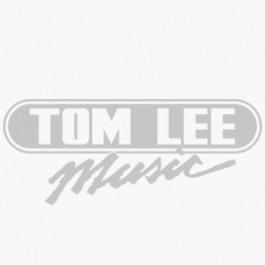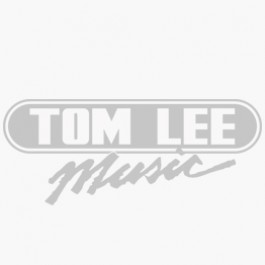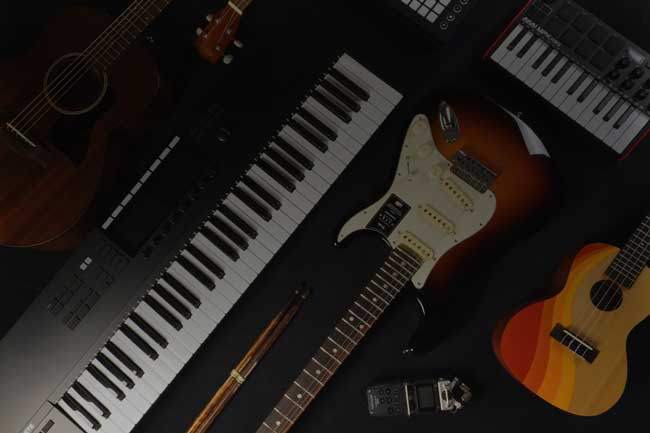- Catalog #: SYMPH-EQ
SYMPH-EQ
MASTER BUS STEREO ASYMPTOTIC EQUALIZER
Baxandall equalizer’s topology, introduced to the public by Peter Baxandall in 1952, was a very ingenious way of obtaining high and low shelves with boost and cut option without using expensive rotary switches. This affordable circuit was soon adopted by hi-fi and console manufacturers for its simplicity, where parametric options aren’t needed.
Heritage Audio has successfully replaced the Baxandall topology with a functional equivalent — a much more musical one, implemented as a one rack space, master bus/ mastering type unit.
The Stereo Asymptotic Equalizer, affectionately known as Symph EQ, takes its name from the shape obtained by its shelf curves; where the boost or cut amplitude grows up until the asymptotic value is reached, keeping the ultra highs and sub lows always controlled.
Its sound can only be described as tight, sweet, and natural, and its use of parallel equalizing to obtain the desired response curves makes it have exceptionally low phase deviation and artifacts.
SHELVING WITH SURGICAL, BUT MUSICAL PRECISION
A smart circuit layout allows for a maximum boost/cut of 10,5 dB in 0,5 dB steps. The main rotary switch sets 1 dB steps while the 0,5 button adds half a dB to the main reading. The CUT button turns the boost amount into cut. Six strategically selected frequency choices per band are available (8, 10, 12, 15, 20 and 24 kHz on the high shelf, and 20, 60, 110, 220, 360 and 470 Hz on the low shelf).
2-POLE HIGH AND LOW PASS FILTERS
In order to keep the sub-low and ultra-high frequency content well under control, further high-pass and low-pass filters have been added on dual concentric rotary switches, at 12 dB/octave. 5 frequency choices plus OFF are available on each one (10, 12, 18, 22 and 30 kHz on the low-pass, and 15, 20, 47, 82, and 160 Hz on the high-pass).
THIS IS WHERE THE MAGIC LIVES
The Symph EQ would have been an awesome sculpting tool just as it has been described above, but it turns into a monster piece with the following 3 additions: It features the same exclusive Carnhill input transformers made in Oxford found in the Successor. Its outputs are driven by 73-type Class A output amplifiers, built with the same Carnhill St Ives output transformers as the rest of the family. Most importantly and, here is where the Symph EQ really shines, it has built in Mid Side (M/S) capabilities.
M/S EQUALIZING CANNOT BE RIVALED
Nothing comes close to M/S equalizing a mix. It allows the user to process the center and the sides independently. The benefits of such processing are hard to believe. You can brighten your mix without making your vocals sound harsh, or even tighten the stereo-image’s bass content without making your bass or kick sound weak! These are just a few examples of the Symph EQ M/S power! The response of the Side high pass filter has been made elliptical as in the vintage disk cutters for precise frequency response.
- Custom Carnhill Oxford input transformers, and custom Carnhill St Ives output transformers, both exclusively made for Heritage Audio.
- A high-end, 73-style Class A output stage.
- All controls use high-quality rotary switches for 0.5dB precision equalizing.
- Mid-side processing allows for precise center bass management and high boosting hard panned sources without affecting center ones such as vocals, snare, etc. Side high-pass filter turns into elliptical type when in M/S, as implemented in vintage disk cutters.
- Stereo and M/S inputs and outputs, all balanced and ground free (unbalanced compatible) on gold plated XLRs.ON, M/S or stereo mode and BP-L/BP-R, individual hard BYPASS per channel.
- Fully manufactured in the EU.
SPECIFICATIONS
- Carnhill based, transformer coupled balanced inputs and outputs for added character and vintage vibe.
- 73 style Class A output stages bring the desired 73 sound to your mix or instrument buses.
- Stepped controls for easy recall of settings.
- Input impedance: 10 KΩ bridging. Input is transformer balanced and floating.
- Output impedance: Less than 75 Ω, transformer balanced and floating, to drive a load of 600 Ω (factory terminated).
- Maximum output: Greater than +26 dBu into 600 Ω.
- THD: Less than 0.025 % at 1 kHz, less than 0.05 % at 100 Hz.
- Frequency response: 20 Hz (+0.3 dB) to 20 kHz (-0.2 dB).
- Noise: Less than -89 dBu, EQ flat.
ASYMPTOTIC EQUALIZER SECTION:
- Hi Frequency shelving: Frequency selectable 8, 10, 12, 15, 20 and 24 kHz.
- Boost / Cut: 10.5 dB maximum, in steps of 0.5 dB.
- Lo Frequency shelving: Frequency selectable 20, 60, 110, 220, 360 and 470 Hz.
- Boost / Cut: 10.5 dB maximum, in steps of 0.5 dB.
FILTER SECTION:
- 12 dB/octave high pass filter, -3 dB point selectable at 15, 20, 47, 82 and 160 Hz.
- 12 dB/octave low pass filter, -3 dB point selectable at 10, 12, 18, 22 and 30 kHz.
- Side filter automatically turns into elliptical topology when M/S is engaged, as with disk cutters, at 6 dB/octave.





